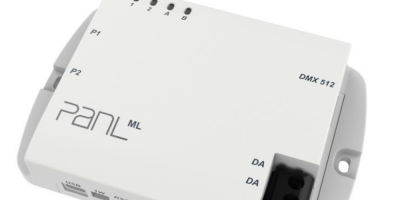Automotive software provider, Veoneer and Qualcomm have announced a collaboration to deliver scalable advanced driver assistance systems (ADAS), collaborative and autonomous driving (AD) solutions powered by Veoneer’s next-generation perception and driving policy software stack and Qualcomm’s Snapdragon Ride ADAS/AD scalable SoCs and accelerators. Qualcomm’s portfolio range from L1 to L4 systems designed to create an open platform for Tier-1 suppliers and vehicle manufacturers.
Veoneer’s software stacks are automotive grade solutions designed to meet the requirements of manufacturers, regulators and rating agencies globally. It has received top performance ratings and enabled automakers to achieve five star safety ratings for European New Car Assessment Program (Euro NCAP) in 2018 and 2020.
The companies plan to launch an automotive grade, functional safety compliant and optimised platform which will include a range of optimised NCAP features and up to hands-free driving on highways and slow-moving traffic with over the air updates.
The software stack will be developed in a dedicated organisation within Veoneer.
Designed to address the growing complexities associated with developing ADAS, including safety compliance, the integrated software and SoC platform targets the automotive ecosystem with advanced and power-efficient compute, connectivity and cloud service capabilities across all vehicle tiers with Veoneer’s fifth generation perception software and driving policy software and the Snapdragon Ride portfolio.
Qualcomm Technologies intends to make this integrated SoC and software stack platform available to global manufacturers and Tier 1 suppliers.
Veoneer will serve as a Tier 1 system integrator for the software and SoC platform and will continue to develop ADAS and collaborative driving products and systems.
The company will develop an open and programmable platform to offer more customisation. The companies expect the integrated platform to be available through automotive Tier 1 suppliers or directly to OEMs for 2024 vehicle production.
The Qualcomm Snapdragon Ride platform was introduced earlier this year. It is based on the Snapdragon family of automotive SoC and accelerator products, which are built on scalable and modular heterogenous, multi-core CPUs. This basis makes it suitable for planning and decision making, energy efficient AI and computer vision (CV) engines, graphics processor units (GPUs) for visualisation, image signal processors for camera sensors, and dedicated safety and security subsystems.
The integrated platform with Veoneer’s software stack will be built on the scalable Snapdragon Ride roadmap, offering industry leading scalability from L1 ADAS to L4 autonomous driving SoC and accelerator products.
http://www.veoneer.com
http://www.qualcomm.com







